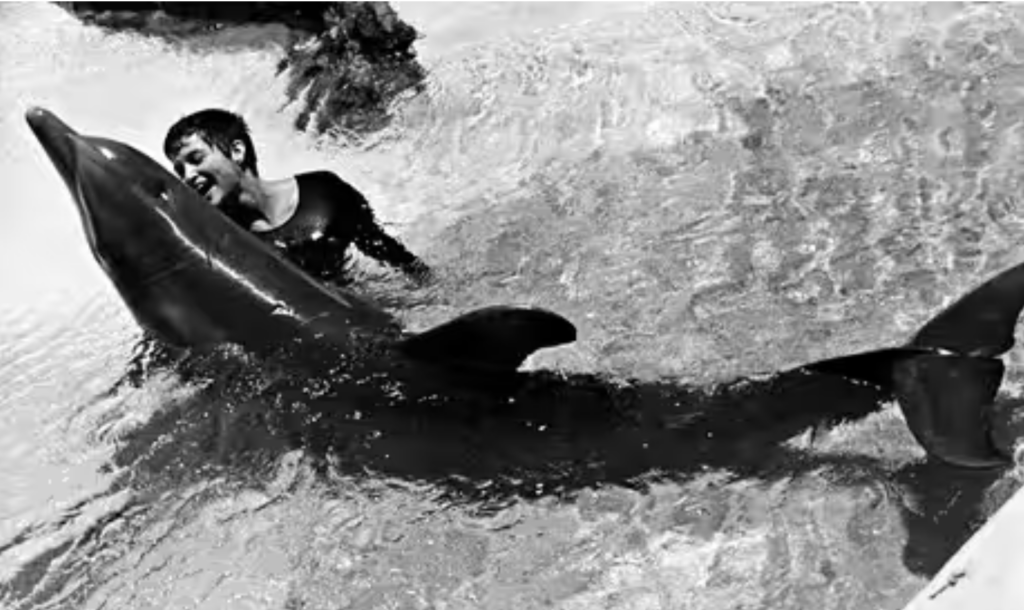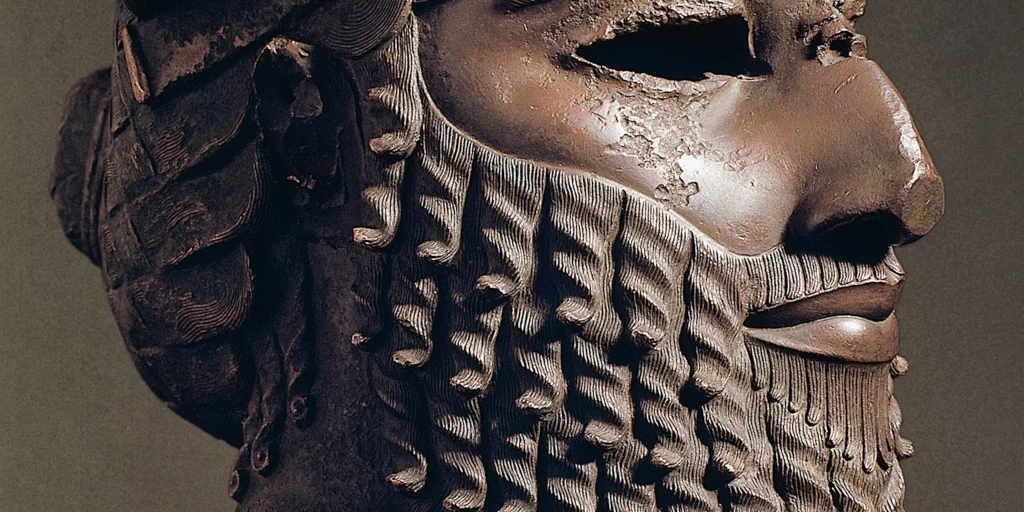Many of us know all too well what it’s like to love an animal. We’re often willing to go to great lengths to care for our pets. The close bonds that result can be as strong as any. But how far can they be taken? Enter Margaret Howe Lovatt.
Lovatt is best known for being involved in a controversial experiment in the 1960s. In this research project, she attempted to teach a dolphin named Peter to speak English. It is considered to be one of the most fascinating and controversial stories of its kind.
Lovatt’s attempt to teach the animal led to some insights into dolphin behavior and communication. But it also raised questions about the ethics of animal experimentation and the limits of such relationships.
As Lovatt developed a close bond with Peter, their relationship gradually progressed, even becoming sexual. Some reports suggest that she even fell in love with him.
Altogether, the story of Margaret Howe Lovatt and the Dolphinarium experiment is a captivating, thought-provoking tale. It is every bit as riveting and scandalous as it sounds.

The Dolphinarium Experiment
In the middle of the 1960s, fascinating research was underway. This was during the tumult of the Vietnam War and the Civil Rights movement, on the tiny Caribbean Island of St. Thomas.
Lovatt, a naturalist, was living on the island. She was volunteering at a laboratory doing research with dolphins. There, she met John C. Lilly, a neuroscientist. He happened to be working with NASA and the U.S. Navy and was building a “Dolphinarium.”
The Dolphinarium experiment was a controversial project that aimed to teach dolphins the human language, specifically English. It was an incredible, extraordinary idea, but the researchers involved believe it to be worth a try.
Margaret Howe Lovatt was assigned to live with and train the dolphins in the facility. She believed that living with the dolphins and making human-like sounds would help in mimicking human language.
Throughout her research, she spent most of her time with a male bottlenose dolphin named Peter. However, their relationship gradually progressed beyond just a typical animal-human friendship.
Margaret’s Teaching Methods and Her Relationship with Peter
Lovatt’s teaching methods were initially fairly straightforward. They were only slightly out of the ordinary.
She lived by the dolphins and spoke to them often. The theory was that similar to a child copying their mother, they would be able to teach the dolphins something about how to speak English.
Lovatt grew closest to Peter. He was a young, but mature, male dolphin at the Dolphinarium. She spent almost two years with him.
Lovatt worked closely with the young dolphin. She documented Peter’s progress twice a day. She spoke slowly and alternated her tone to attempt to get Peter to recreate the words and sounds she wanted him to learn, like “Hello Margaret.”
According to Lovatt, the “m” sound was particularly challenging. But it seems progress was made in other areas.
However, Peter was a sexually maturing adolescent dolphin, and as such he often had sexual urges. This presented certain challenges. As Lovatt and Peter spent more time together in the isolated Dolphinarium, they continued to grow closer, with Lovatt even hinting that Peter liked to be close to her.
Before long, the male dolphin made advances. He rubbed himself on her and disrupted their lessons.
It wasn’t enough to just separate the two when these urges arose. It began to hinder the research completely. To “fix” this, Lovatt did what some might consider unthinkable. When Peter became aroused, Lovatt would “relieve” the dolphin herself in what many considered to be a legitimate sexual act.
Of course, Lovatt saw this as part of her work and even felt that this was something that deepened their close bond. But she refused to consider the behavior as sexual. In the end, many did not see things the same way.
Ethical Concerns and Controversy
Word got out about the nature of Lovatt’s relationship with Peter. The whole situation quickly became a source of controversy and there were allegations of animal abuse.
It was also rumored that Lovatt had injected him with LSD. This added to the uproar. This was largely a conflation with other, separate research.
Still, the relationship between Margaret Howe Lovatt and Peter the dolphin is often cited as an example of the ethical issues surrounding animal experimentation. While Lovatt intended to teach Peter to speak, their relationship gradually became more intimate. The lines between research and personal attachment became blurred.
The allegations raised important questions – and fiery debates – about the ethical boundaries of human-animal relationships. Were Lovatt’s actions abuse? They were surely disturbing and unthinkable to many. But did the specifics of their relationship amount to any real wrongdoing?
For her part, Lovatt denied any wrongdoing and maintained that her relationship with Peter was purely scientific. Though the controversy surrounding the experiment had lasting implications.
Despite the uproar, Lovatt maintained her relationship with Peter. Their relationship went from needing to be together for research, to a relationship of actually enjoying and missing each other when they were apart.
Due to an eventual lack of funding for the Dolphinarium, their time together came to an end. The pair split up and Peter was sent to a new home in Miami.
Tragically, Peter the dolphin would commit suicide not long after. Some believe it was the heartbreak of being separated from Lovat. Whereas others cite the small tank and inhumane conditions of his new home.
Media Coverage and Scientific Impact
The ordeal drew widespread media attention. It continues to be a topic of interest and debate today. After an article on Lovatt’s sexual relationship with Peter appeared in the popular magazine, Hustler, the research was largely frowned upon publicly.
Scientifically, little was achieved in the way of teaching dolphins to speak English. However, it does seem that these efforts are still ongoing today in other research labs.
The scientific community largely responded negatively. They raised concerns about behavioral ethics and the potential impact on the well-being of Peter. The controversy surrounding the experiment and Lovatt’s relationship with Peter overshadowed much of the science being done.
Today, Lovatt’s story serves as a cautionary tale about the boundaries of our relationships with animals and the importance of ethical considerations in all manners of scientific research.
References
Mosendz, Polly. “How a Science Experiment Led to Sexual Encounters between a Woman and a Dolphin.” The Atlantic, June 11, 2014. https://www.theatlantic.com/international/archive/2014/06/how-a-science-experiment-led-to-sexual-encounters-for-a-woman-and-a-dolphin/372606/.
Riley, Christopher. “The Dolphin Who Loved Me: The NASA-Funded Project That Went Wrong.” The Guardian, June 8, 2014. https://www.theguardian.com/environment/2014/jun/08/the-dolphin-who-loved-me.
Winfrey, Tiffany. “Woman Admits Having Sexual Experience with Dolphin as Part of NASA Study in the 1960s.” The Science Times, November 7, 2022. https://www.sciencetimes.com/articles/40844/20221107/woman-admits-having-sexual-experience-with-dolphin-as-part-of-nasa-study-in-the-1960s.htm.

